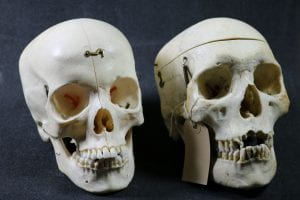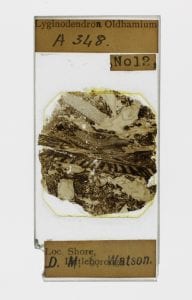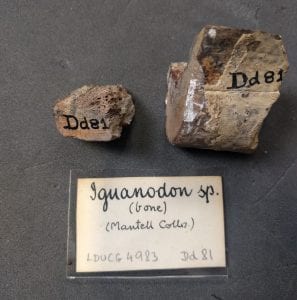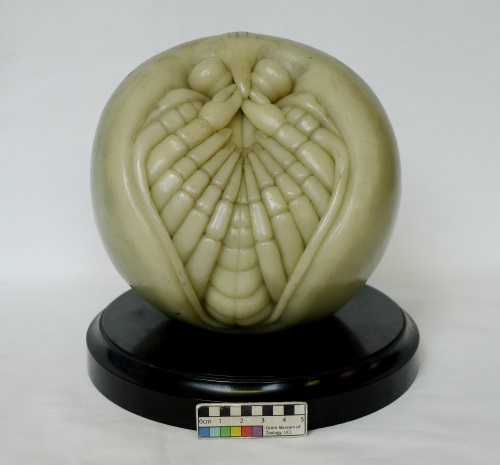Specimen of the Week 385: UCL skulls
By ucwehlc, on 12 July 2019
This blog was written by Lily Garnett, volunteer at the UCL Pathology Museum
UCL.16.009 and UCL.16.018 are skulls. Like any human face, although they have the same features, they look different. They have both been processed for medical teaching, with cuts and hooks to reveal the inner workings of the cranium.
In terms of provenance, the history of these two individuals remains a mystery. The UCL prefix to their number indicates that they were found within the collection and their history prior to this is unknown. Before accurate plastic models became available in the 1990s, real human bones were used for teaching.
But where do you get a skeleton from?
 Close
Close









 In honour of the 250th Specimen of the Week, as well as the new wax model display in the Museum, it seemed fitting to choose a show-stopper of a specimen which is so fabulously bizarre that you might describe it as being out of this world.
In honour of the 250th Specimen of the Week, as well as the new wax model display in the Museum, it seemed fitting to choose a show-stopper of a specimen which is so fabulously bizarre that you might describe it as being out of this world.